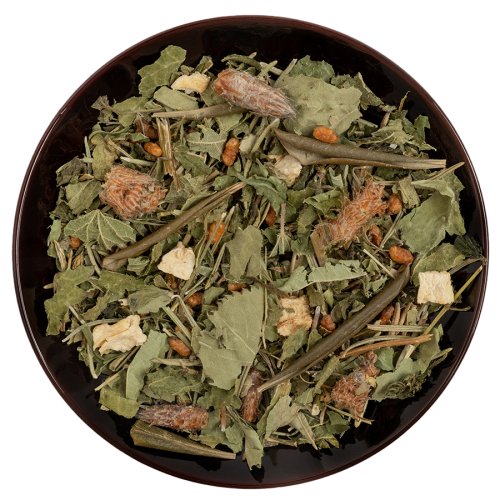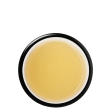Stinging Nettle
The stinging nettle (Urtica dioica, Urtica urens) deserves a place of honour in the world of medicinal herbs. Persistent, undemanding and effective, it thrives worldwide except in Antarctica. It grows readily in the vicinity of humans, and should not be missing from a herbal mixture.
Lady's Mantle
Lady's mantle (Alchemilla), a member of the Rosaceae family, is predominantly found in Europe, Asia and Africa, especially at high altitudes. In Europe alone, there are approximately 300 species of this plant. The name Alchemilla alludes to its almost magical properties: the water droplets which form on the inside of its leaves have been used as a household remedy since ancient times.
Rosemary
Rosemary (Rosmarinus officinalis) is a typical Mediterranean herb; from Portugal to the Ionian Sea, rosemary can now be found growing wild in many Mediterranean countries. The evergreen semi-shrub belongs to the labiate family.
GENMAI 玄米
Unhulled but polished rice is used for the ‘puffed rice’ Genmai (Oryza sativa L.). Teas refined with it become more digestible and nourishing at the same time. According to a Japanese legend, the rice got into the tea to be roasted through carelessness and has been popular in this combination ever since.
Rice cultivation began over 8,000 years ago in what is now China, from where it has steadily spread as a wild and cultivated plant and is an integral part of culinary culture on every continent and in every kitchen, in all its forms and colours.
Yarrow
Yarrow (Achillea millefolium) is found throughout Europe and northern Asia and has a long tradition in herbalism. According to Greek mythology, the soldier Achilles also used yarrow, and it is to this legend that yarrow owes its Latin name Achillea millefolium.
Parsley Root
Parsley (Petroselinum crispum) is an umbellifer originally from southern Europe, but is now widespread throughout Europe, Russia, India and North America. The biennial plant is mainly used in the kitchen; the parsley flowers develop into very tasty fruits with seeds.
Pine Buds
Pine buds (Pinus sylvestris flos) are harvested with the first shoots in May. Native to the northern hemisphere, this tree has been valued for thousands of years for its productive wood, among other things. Its healing properties have been recognised since ancient times, notably amongst the Celts.
Melissa
Melissa officinalis is a southern European plant. Like many herbs from the south, it was first cultivated in monastery gardens and then gradually spread throughout Europe. The perennial plant sprouts in March and can grow up to 70cm tall by July and is clearly recognisable by its scent. Due to its many uses, however, it was cultivated early on throughout Europe as a popular aromatic herb. In the Middle Ages, it was cultivated in every monastery garden because it was considered particularly valuable.
Olive Tree Leaves
Also known as the tree of life and cultivated for thousands of years, the olive tree (Olea europaea) has a very special place in our healing traditions. The leaves of the olive tree are rich in phenolic compounds and are still regarded as one of nature's miracle cures. The wild olive is mainly native to the warmer parts of southern Europe, the Middle East and South Africa.
Verbena
Lemon verbena (Aloysia citrodora), also known as lemon beebrush, is indigenous to Argentina, Uruguay and Chile. During the 18th century, it was introduced to Europe, where it was scientifically classified as a distinct species for the first time. The perennial plant thrives in nutrient-rich, water-permeable sandy soil with ample sunlight, preferring sheltered locations. In spring, new stems emerge from the roots, followed by the elongated leaves appearing from May onwards, arranged in threes in a whorled fashion. When fully grown, these leaves exude a delightful lemon fragrance. Come August, small white flowers adorned with four tiny petals grace the plant.












